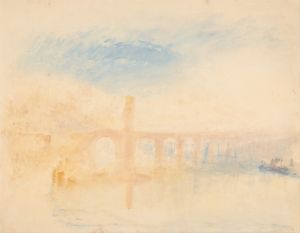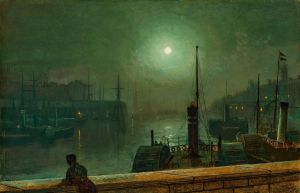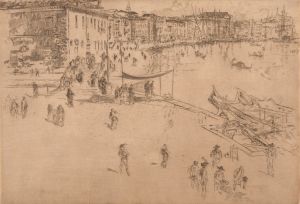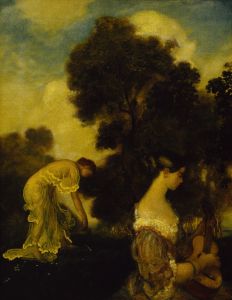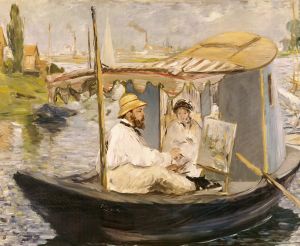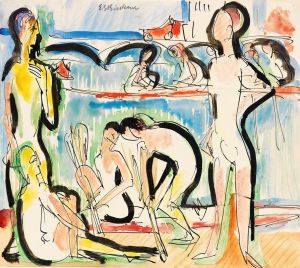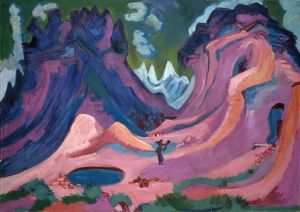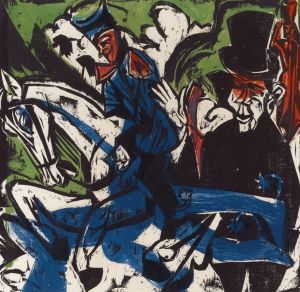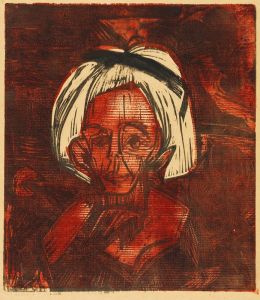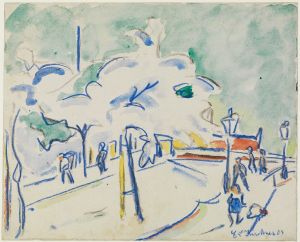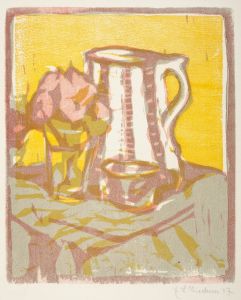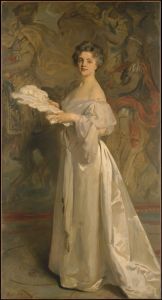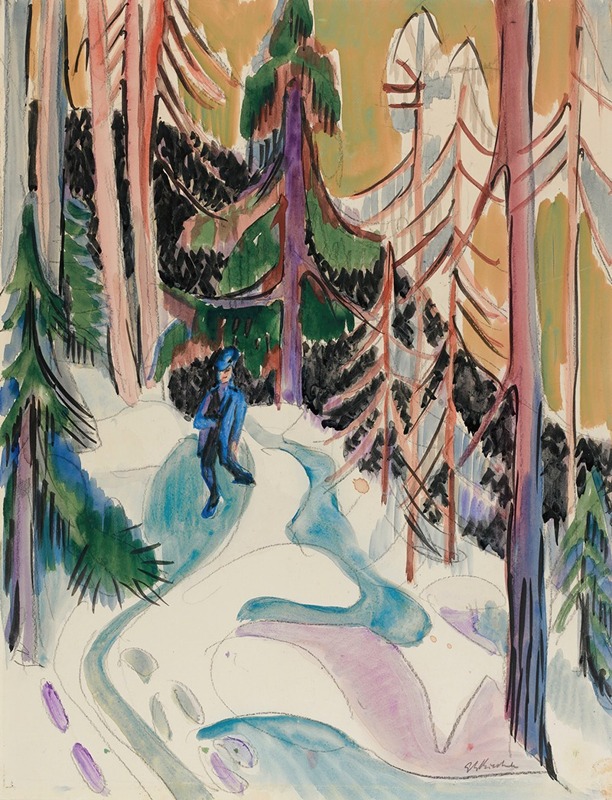
Spaziergang Im Walde
A hand-painted replica of Ernst Ludwig Kirchner’s masterpiece Spaziergang Im Walde, meticulously crafted by professional artists to capture the true essence of the original. Each piece is created with museum-quality canvas and rare mineral pigments, carefully painted by experienced artists with delicate brushstrokes and rich, layered colors to perfectly recreate the texture of the original artwork. Unlike machine-printed reproductions, this hand-painted version brings the painting to life, infused with the artist’s emotions and skill in every stroke. Whether for personal collection or home decoration, it instantly elevates the artistic atmosphere of any space.
Ernst Ludwig Kirchner was a prominent German expressionist painter and one of the founding members of the influential art group Die Brücke (The Bridge). His work is characterized by bold colors, dynamic compositions, and a focus on the human figure and urban life. One of his notable paintings is "Spaziergang Im Walde" (Walk in the Forest), which reflects his distinctive style and thematic interests.
"Spaziergang Im Walde" was created during a period when Kirchner was deeply engaged with the natural world, often retreating to the countryside to escape the pressures of urban life and to find inspiration in nature. This painting captures a scene of figures walking through a forest, a subject that allowed Kirchner to explore the interplay between humans and their natural surroundings.
Kirchner's use of color in "Spaziergang Im Walde" is particularly striking. He employs a vivid palette that includes deep greens, blues, and earthy tones, which convey the lushness and vibrancy of the forest setting. The colors are applied in broad, expressive brushstrokes, a technique that enhances the sense of movement and energy within the scene. This approach is typical of Kirchner's work, reflecting his interest in conveying emotional intensity and his rejection of traditional, more restrained artistic conventions.
The composition of "Spaziergang Im Walde" is dynamic and somewhat abstract, with figures that are elongated and stylized. This abstraction is a hallmark of Kirchner's style, influenced by both the art of non-Western cultures and the modernist movements of his time. The figures in the painting are integrated into the landscape, suggesting a harmonious relationship between people and nature. This theme of unity with the natural world is a recurring motif in Kirchner's work, reflecting his desire to capture the essence of life beyond the confines of modern society.
Kirchner's interest in the forest as a subject can also be linked to his personal experiences and the broader cultural context of the early 20th century. During this time, there was a growing fascination with the idea of returning to nature as a means of finding authenticity and spiritual renewal. For Kirchner, the forest represented a place of refuge and creativity, away from the industrialization and urbanization that characterized much of modern life.
"Spaziergang Im Walde" is an example of Kirchner's ability to blend elements of expressionism with his own unique vision. The painting not only showcases his technical skill and innovative use of color but also reflects his philosophical and aesthetic concerns. Through this work, Kirchner invites viewers to consider the relationship between humanity and the natural world, encouraging a deeper appreciation for the beauty and complexity of both.
Today, Ernst Ludwig Kirchner is celebrated as one of the leading figures of German expressionism, and his works, including "Spaziergang Im Walde," continue to be studied and admired for their boldness, emotional depth, and artistic innovation. His paintings are housed in major museums and collections worldwide, where they remain influential in the study of early 20th-century art.





